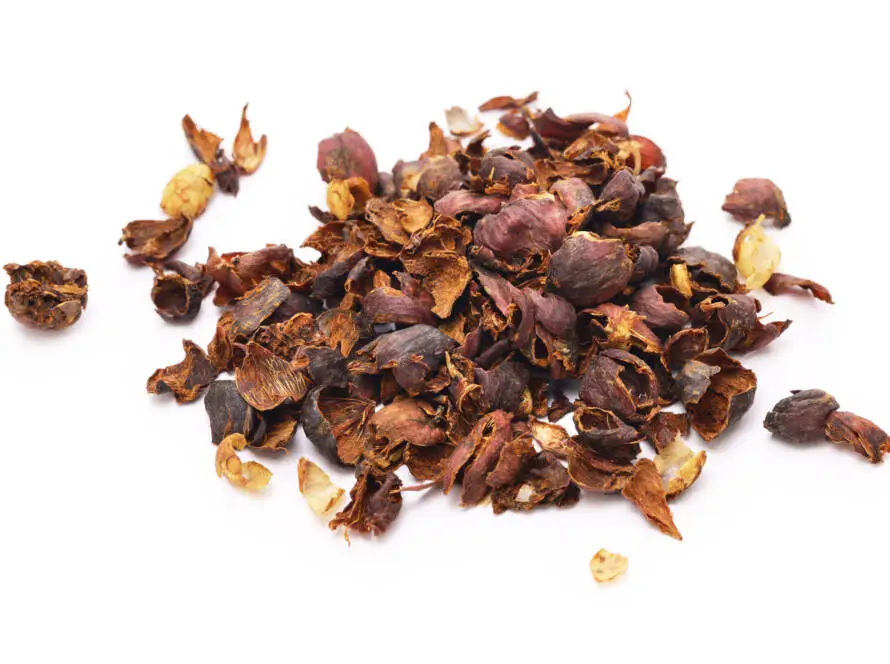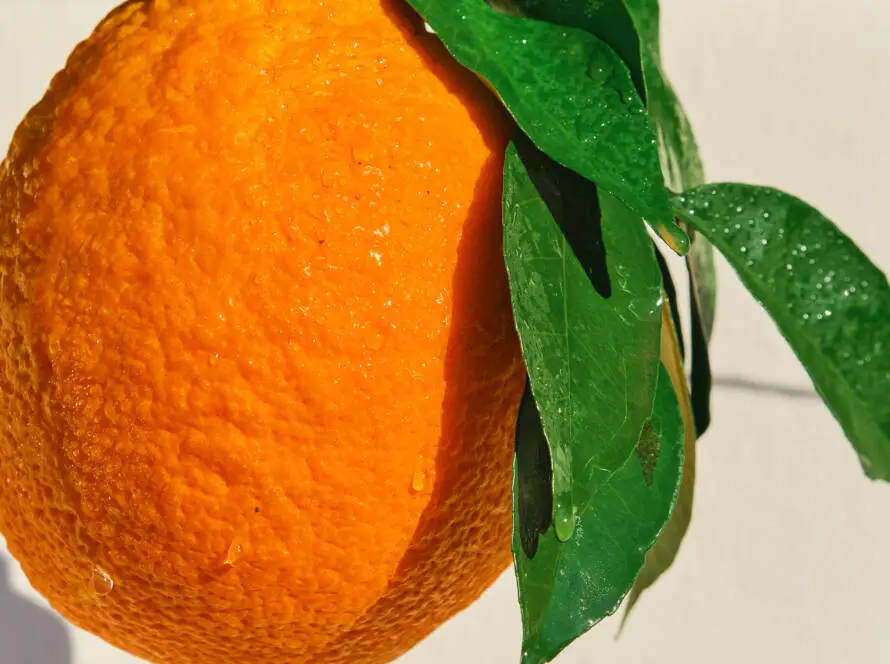An Overview
This guide provides essential information about linden trees, especially Tilia cordata (small-leaved linden) and Tilia platyphyllos (large-leaved linden). These trees belong to the Tiliaceae family, including nearly 80 species native to Europe and found in temperate regions. Linden trees are fast-growing deciduous trees, valued for their medicinal flowers.
Historical Uses of Linden Flowers
Since the Middle Ages, linden flowers have been utilized in traditional herbal medicine, known as phytotherapy. They possess several beneficial properties, including:
- Expectorant: Helps clear mucus from the airways.
- Diuretic: Increases urination.
- Antispasmodic: Relieves muscle spasms.
- Stomachic: Aids digestion.
- Sedative: Soothes the nervous system.
Linden flowers are commonly used to treat conditions such as flu, cough, migraine, nervous tension, and indigestion. They are recognized in the German Pharmacopoeia and featured in remedies for colds and coughs. Traditionally, it was believed that sitting under a linden tree could cure epilepsy.
Common Names and Scientific Classification
Common Names: Linden, European Linden, Basswood, Lime Tree, Lime Flower
Latin Names: Tilia cordata, Tilia platyphyllos
Uses of Linden
Linden has a range of herbal applications:
1. Promoting Sweating
Linden helps induce sweating during fever, aiding in cooling the body.
2. Reducing Nasal Congestion
Its expectorant qualities can alleviate nasal congestion and improve breathing.
3. Soothing Throat and Cough
Linden flowers soothe throat irritation and reduce coughing, often included in syrups.
4. Sedative Effects
Linden promotes relaxation, helping to lower nervous palpitations and high blood pressure.
5. Skin Relief
Though clinical data is limited, linden may offer soothing effects in lotions for itchy skin.
Parts Used in Medicine
Different parts of the linden tree serve specific purposes:
- Flowers: Used for treating colds, coughs, and migraines.
- Leaves: Helpful for intestinal issues and leg ulcers.
- Wood: Sometimes utilized for liver and gallbladder conditions.
Preparation Methods
There are several ways to prepare linden for medicinal use:
- Linden Tea: Steep 1 to 2 teaspoons of dried flowers in 8 oz of boiling water for 20 minutes. Drink up to three times daily.
- Liquid Extract: Take 3 to 4 mL three times daily for a concentrated effect.
- Tincture: Use 4 to 10 mL three times daily, made by soaking linden in alcohol to extract its active compounds.
Scientific Insights
Linden products are available in various forms, but specific clinical studies on dosages are limited. Generally, a daily intake of 2 to 4 g from teas or other preparations is recommended. While traditional uses are well-documented, more research is needed to confirm efficacy and safety.
Side Effects and Precautions
While linden is generally safe, caution is advised:
- Allergic Reactions: Some individuals may have allergic responses, especially if allergic to other plants in the Tiliaceae family.
- Pregnancy and Breastfeeding: Consultation with a healthcare provider is essential for safety.
- Drug Interactions: Linden may interact with blood pressure and sedative medications.
- Dosage Caution: Adhere to recommended dosages; overconsumption can lead to gastrointestinal discomfort.
Cultural Significance
Linden trees hold historical and cultural importance. In many European countries, they symbolize love and fidelity, often planted in public spaces as community gathering places. Linden wood was traditionally used to make various artifacts and instruments, underscoring its historical value. Furthermore, linden trees support local ecosystems by providing food and habitat for wildlife, particularly attracting bees with their fragrant flowers.
Growing and Caring for Linden Trees
For those interested in cultivating linden trees, here are some tips:
- Location: Prefers well-drained soil and full sun to partial shade. They thrive in loamy or sandy soils.
- Watering: Young trees require regular watering; established trees are drought-tolerant but benefit from additional watering during dry periods.
- Pruning: Essential for tree health, prune during the dormant season to encourage new growth.
- Pest Management: While linden trees are generally resistant to pests, they can be susceptible to difficulties such as aphids and certain fungal infections. Regular monitoring can help manage these issues.
Conclusion
Linden trees, particularly Tilia cordata and Tilia platyphyllos, are not only beautiful additions to landscapes but also offer significant medicinal benefits. Their flowers have been used for centuries in traditional herbal medicine to relieve various ailments, including colds, coughs, and anxiety. Beyond their medicinal properties, linden trees play a vital role in cultural traditions and ecological systems.
Whether you enjoy linden tea for its soothing effects or appreciate the shade of a linden tree in your garden, these remarkable trees are cherished for their contributions to health, culture, and the environment. As with any herbal remedy, it is essential to approach linden with knowledge and caution, ensuring informed decisions about its use.
Additional Resources
If you’re interested in learning more about linden and its uses, consider exploring the following:
- Herbal Medicine Books: Look for resources that focus on herbal remedies and traditional medicine to gain insights into the uses and benefits of linden.
- Local Herbalists: Connecting with local herbalists or practitioners of traditional medicine can provide valuable information and guidance on practical linden usage.
- Gardening Guides: If you’re keen on growing linden trees, consult gardening guides or local horticultural societies for tips on cultivation and care.
By understanding the rich history, cultural significance, and medicinal properties of linden, you can fully appreciate this remarkable tree and its contributions to health and well-being. Whether sipping a warm cup of linden tea or enjoying the shade on a sunny day, you partake in a tradition that spans centuries and cultures.
Sources
- Drugs.Com
- Wikipedia
Disclaimer
The information I’ve shared about herbs is for educational purposes only and is not meant as medical advice. While many herbs have been traditionally used for their potential health benefits, individual responses may vary, and the effectiveness of herbs can depend on various factors, including personal health conditions and interactions with medications. It is essential to consult with a qualified healthcare professional or a licensed herbalist before using herbs for medicinal purposes or making significant changes to your health regimen. This information should not be considered a substitute for professional medical advice, diagnosis, or treatment.


